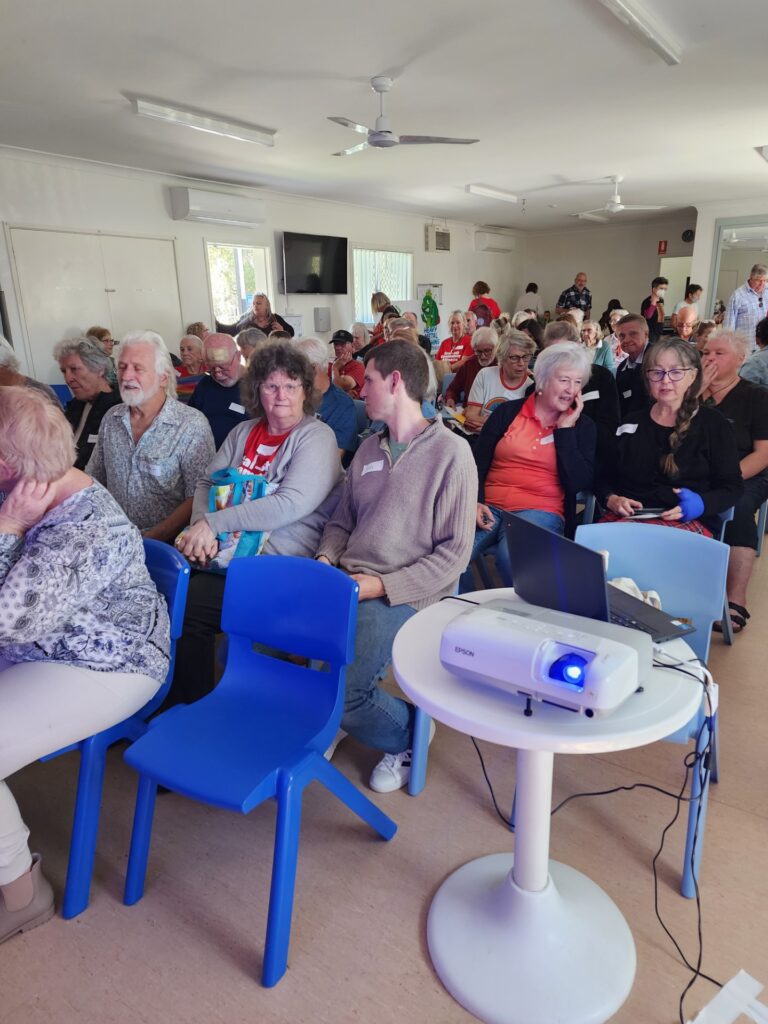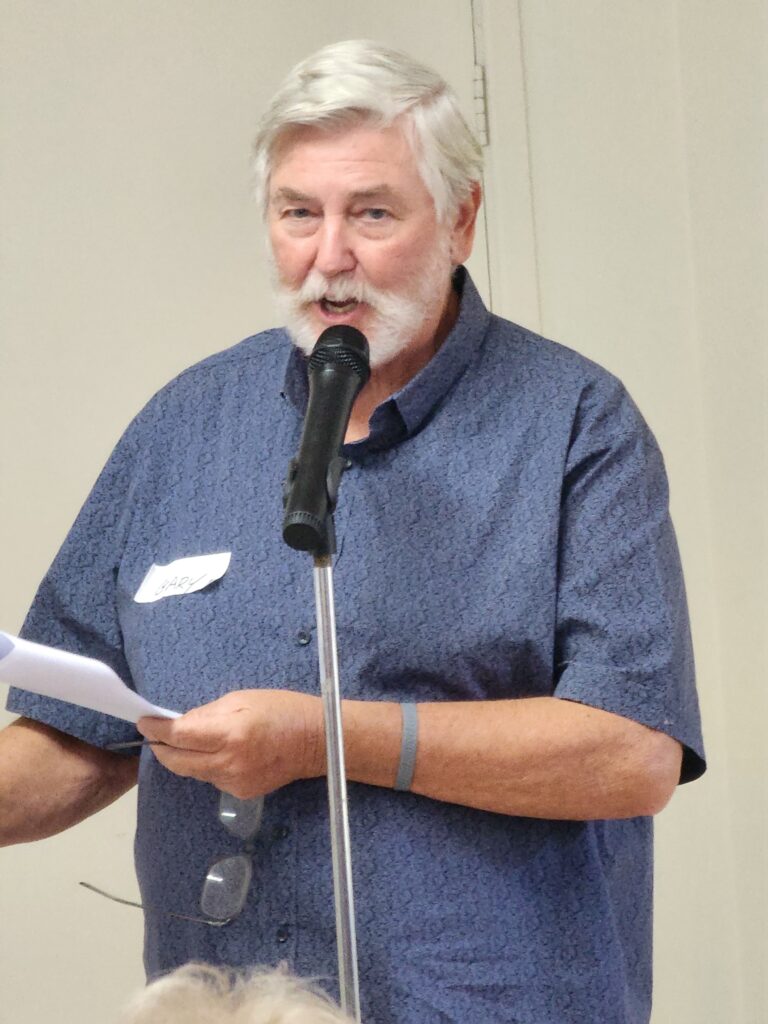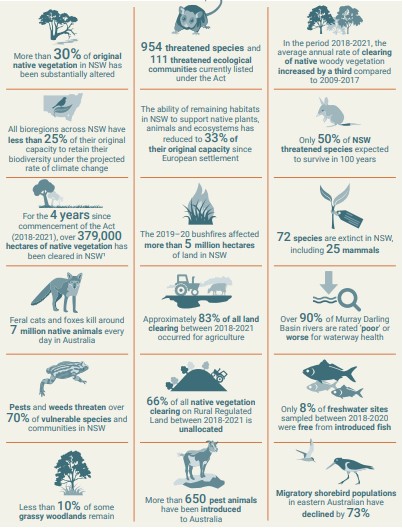It is not every day the Central Coast can say it has been visited by a UN Special Rapporteur but that is exactly what happened this week thanks to the work of the small but ambitious local community group, Future Sooner.

By Jacquelene Pearson
On Tuesday, 29 August Dr Marcos Orellana, the UN’s Special Rapporteur on Toxics and Human Rights, attended a public meeting at the Chain Valley Bay Community Hall.
The hall was packed with locals and visitors eager to listen to speakers who were there to inform Dr Orellana about the serious health impacts of coal ash and this region’s coal fired power stations along with the nearby Hunter’s open cut coal mines.
The United Nation’s mandate on toxics and human rights dates back to the 1990s but was initially focused on the transfer of hazardous waste from first-world to third-world countries.
Since then the mandate has changed to look at the life cycle of chemicals including their impacts on air pollution, water pollution and the consequences for human health and human rights.
The mandate serves as the UN’s eyes and ears on the impacts of toxics on human health because if the environment is polluted our health, which is a human right, can be compromised.
Dr Orellana told the meeting that he visits two countries each year to take an x-ray of the country’s good practices and challenges. He is in Australia by invitation from the federal government.
He is accompanied by Halida Nasic who works for the UN Human Rights Commissioner.
The two will visit five states in 10 days. At the conclusion of their visit (today week) they will provide a public document or ‘end of mission statement’ and give a media conference.
Issues under consideration during the visit will include air pollution, water pollution, pesticides and the impacts of climate change.
In September 2024 Dr Orellana will submit his report on the outcome of his visit to Australia to the UN Human Rights Commission.
He told the Buff Point meeting that he hoped the report would serve as a tool for visibility and change that would reflect the issues of highest priority.
The UN representatives told the meeting they had been persuaded to put the concerns of the Central Coast and Hunter communities on their agenda by Future Sooner, Environmental Justice Australia and the Environmental Defenders Office.
The health impacts of the past 60 years of coal mining and coal-fired power stations were laid out in graphic and gripping detail for the UN representatives at Buff Point on Wednesday.
It became clear that a succession of state governments have known about these issues for years and covered them up. Cancer clusters, above average cases of asthma and learning impairment are all direct consequences of governments and industry burying their heads in the sand and keeping them there for over six decades.
For example, the Vales Point coal ash dam, hidden behind trees on the opposite side of the road to the Doyalson RSL, included 30 million tonnes of toxic coal ash before it was sold by the NSW Government.
That mess is the responsibility of the NSW Government, the NSW tax payer to clean up. Current owners, the Czech Sev.En Global Investments, continues to dump coal ash in an area earmarked for major residential development.
Kirsty Ruddock from the Environmental Defenders Office told the Rapporteur about the impacts of the Hunter’s open cut coal mines with a specific focus on Whitehaven’s Maules Creek mine and MACH Energy’s Mount Pleasant Mine Operation. Here remarks were backup with testimony from residents directly impacted by those mines.
Evidence was given about the contamination of the Hunter River due to the controls for the concentration of salt during the mining process not being controlled at the development consent stage.
Mines are not being rehabilitated so communities are left with the huge voids which fill with water and there are very few other places in the world where that is allowed to happen.
The meeting was told that trees known for their habitat that were never to be cleared were knocked down to make way for the Males Creek coal mine.
One creek has been twice contaminated with mine waste and the third time with polystyrene balls.
To date the mining company has paid $1.1 million in fines for environmental breaches but their profits have been $2.7 billion. The mining company has extracted 14 billion litres of water from the Hunter to produce coal and the river ran dry for the first time in 2019.
Another community member spoke about appealing the approval of the Mount Pleasant mine to the NSW Independent Planning Commission (IPC). However, the meeting was reminded that the community’s merit-based appeal rights were taken away by former Premier Barry O’Farrell.
This means the only avenue of appeal open to communities is a judicial review – the community needs to prove how the IPC’s consent for the mine was faulty on the grounds of a legal technicality.
The meeting was told that the emissions that would be produced by the Mount Pleasant mine, which has applied to double its production, would be the equivalent of 1.7 million Hiroshima bombs.
So much for net zero by 2035!
Jocelyn McGarity from Environmental Justice Australia told the meeting about the impacts of the four coal-fired power stations located in the Hunter-Central Coast region – that’s four out of the five power stations in NSW.
PM2.5 – the fine particle contamination produced by the burning of coal to generate electricity is so find it can be absorbed through your lungs into your blood stream and it is concentrated in the areas surrounding the power stations.
The health impacts reach all the way to the Sydney basin but the communities closer to the power stations are disproportionately impacted by it.
Ms McGarity reminded the meeting that the Vales Point power station had benefited from successive pollution exemptions, granted by the EPA for its emissions of Nitrus Oxide.
These exemptions have been in place since 2010. The last consultation resulted in participating by over 1000 people and over 1800 submissions but, still, the EPA gave the exemption.
When EJA proved that the grounds for the giving of the exemption were invalid, the EPA gave an emergency exemption.
Coal ash contains arsenic, cadmium, selenium, mercury and other toxins. The four ash dams located on the Central Coast are unlined.
The EPA knows the ash dams leach into ground water and nearby waterways (including the lakes) but does nothing to fix the problem.
At the very least it could stop exempting Vales Point from controlling its NoX emissions.
The Rapporteur appeared to be particularly interested in EJA’s comments about the ready availability of new technologies to control Nitrus Oxide emissions and make the community safer.
EJA also presented evidence about standards in the US to control coal ash dumps and the reuse of coal ash, which was described as a missed opportunity in Australia.
The meeting was told that a national framework is needed in Australia to deal with environmental protection and those measures must be health based.
Gary Blaschke OAM then spoke on behalf of Future Sooner.

He said the NSW Government and health authorities have known about the health consequences of coal ash on the Central Coast community for over five decades and swept the problem under the carpet.
“We really do have a problem when politics takes priority over the health of a community,” he said.
Each power station has its own massive ash dam and the associated problems look like they are only going to get bigger now it appears the lifespan of those power stations is to be extended for, perhaps, another 10 years,
Governments continue to ignore the facts and the figures.
Mr Blaschke said four doctors from the Lake Munmorah Medical Centre had written to the government to raise awareness that local children had a 30 per cent higher than average rate of asthma.
That letter was written 37 years ago and still nothing has happened.
The problem was recognised in a 2021 public works inquiry which noted that air pollution was a major problem for this community where 1200 children are hospitalized in a year for life-threatening acute asthma attacks.
Of the 16 recommendations that came out of the inquiry, seven were directly related to the human impacts of coal.
Recommendation seven required the government to carry out an epidemiological assessment of people living near the ash dams.
Not one of the recommendations has been enacted by the NSW Government.
How much longer can Australia continue to approve coal mines and ignore the health impacts of coal fired electricity generation? Let’s see what the UN Rapporteur has to say.


